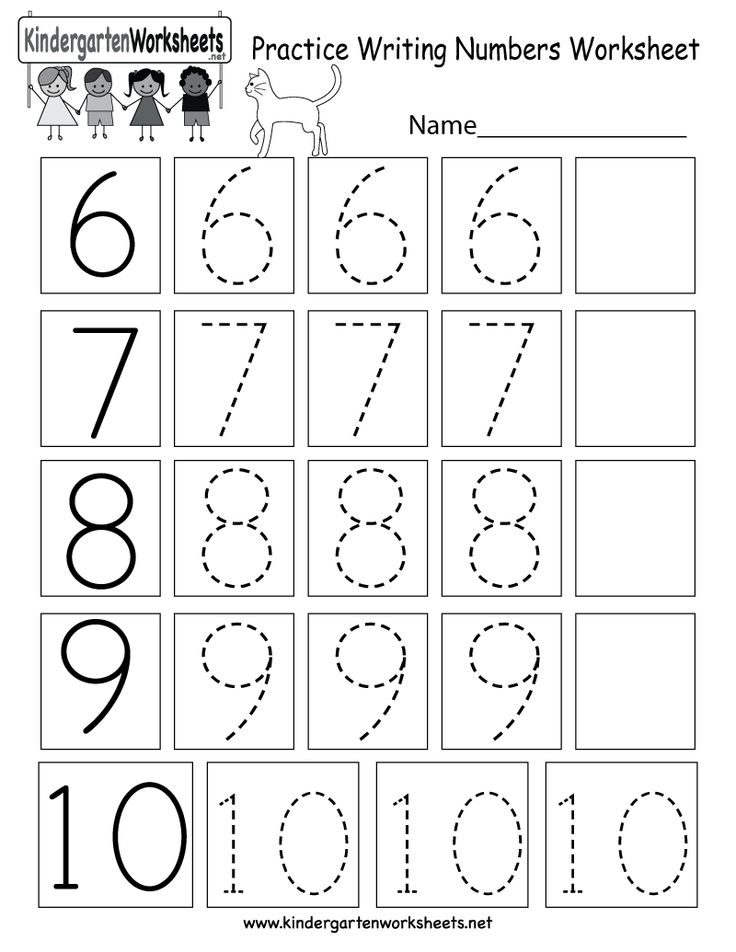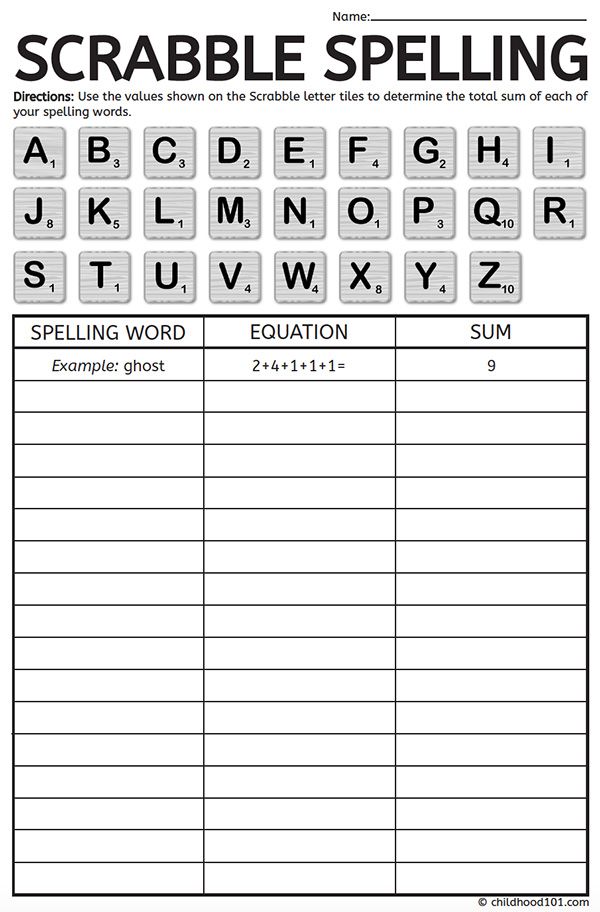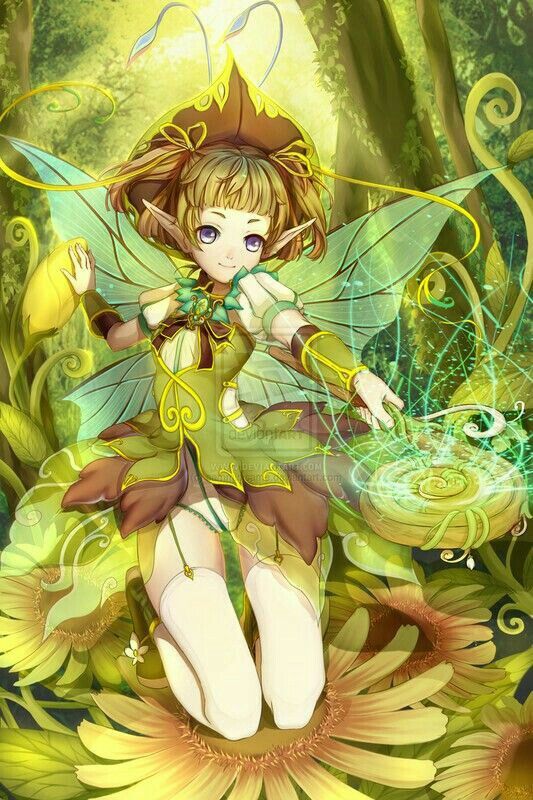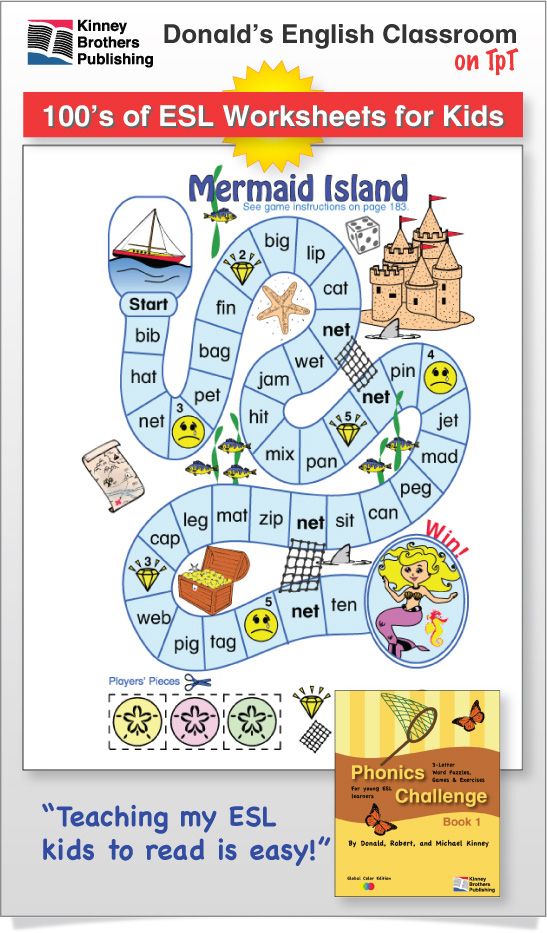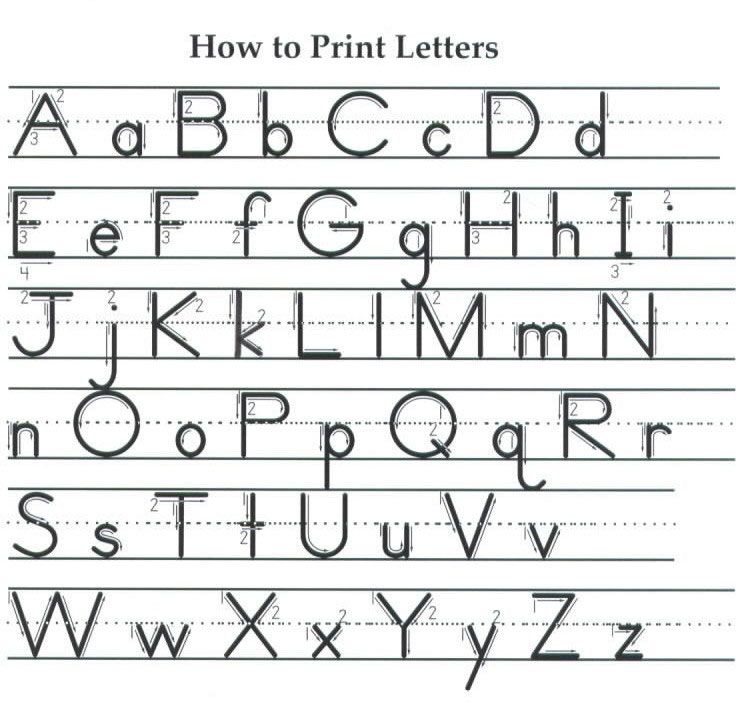What does emergent literacy mean
What It Is And Why It’s Important
What Is Emergent Literacy?
Emergent literacy is the stage during which children learn the crucial skills that lead to writing and reading.
Literacy builds on the foundations of language to include the advanced ways in which we use language to communicate — primarily through reading, writing, listening, watching, and speaking with one another.
Components Of Emergent Literacy
Emergent literacy is made up of several different parts. Your child will encounter these essential components as they begin to explore reading. They include:
- An interest and enjoyment in print — handling books and relating them to their stories or information.
- Print awareness: how to handle a book, reading from left to right. Your child recognizes pictures and some symbols, signs, or words.
- An interest in telling and listening to stories. They attend to, repeat, and use some rhymes, phrases, or refrains from stories or songs.
- They make marks and use them to represent objects or actions. An understanding that words are made up of letters, recognizing letters when they see them.
- Your child comprehends meaning from pictures and stories.
And the list goes on! Really, emergent literacy components help your child understand the basic tools they’ll need to read all sorts of books and other materials in the future.
Why Is Emergent Literacy Important?
Almost every skill we learn in life requires some preliminary learning in order to finally achieve mastery. For example, you probably didn’t wake up one day knowing how to make pancakes (although if you did, we would love to learn your secrets!).
Instead, you first had to learn what ingredients you needed, how much to measure each item, how long to cook the batter, and so on.
Reading and writing require these same preparatory steps, also known as emergent literacy.
Emergent literacy preps your child’s brain with the skills they’ll need to learn how to read.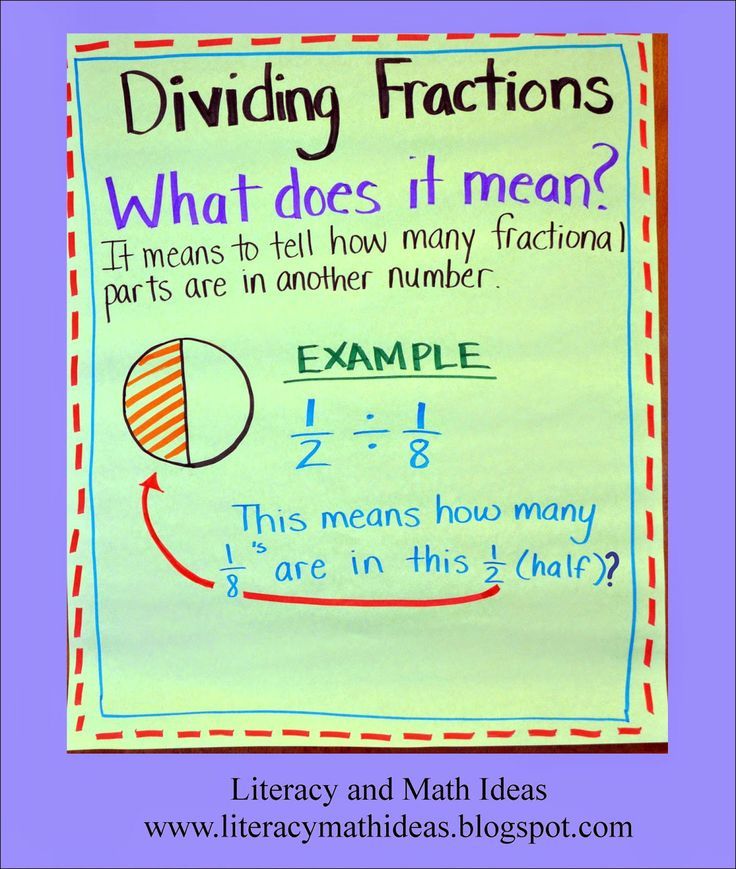 And while this may sound complex, many emergent literacy skills develop naturally!
And while this may sound complex, many emergent literacy skills develop naturally!
When your child points at something and you follow their direction or when you call their attention to noises, objects, or people in their surroundings by speaking to them, you’re helping your child develop emergent literacy skills.
You’re helping them acquire the same tools they’ll incorporate into their future learning, from reading their very first storybook to writing a master’s thesis.
Supporting Your Child’s Emergent Literacy Skills
Here are some fun and easy ways you can stimulate your child’s emergent literacy skills at home.
Read Aloud
Reading aloud is the most effective way for a child to learn to love books and the power of stories. Loving to read begins with loving to listen to stories!
Our team at HOMER believes that investing in read-aloud sessions with your child substantially improves many of the skills they need on their lifelong reading journey.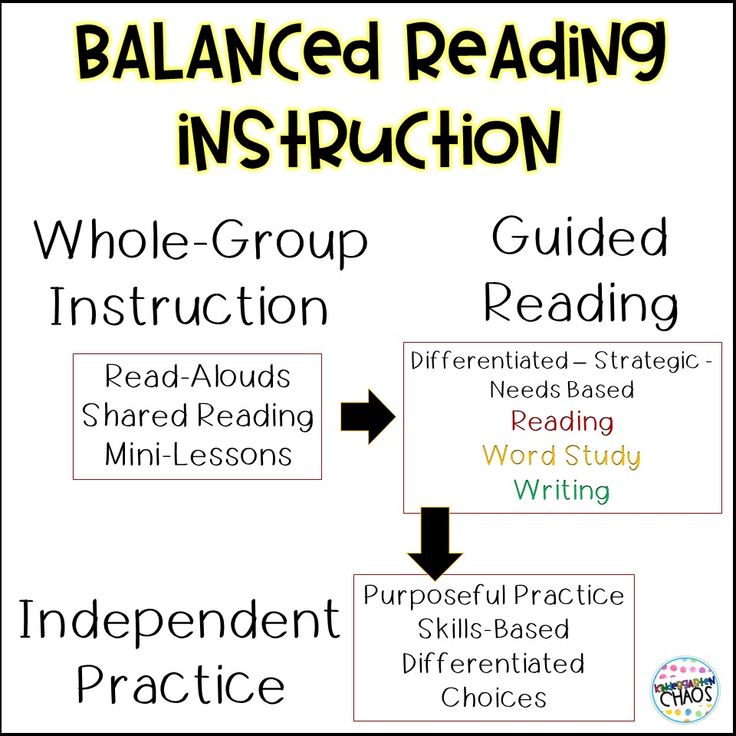
For emergent readers, there are few things more wonderful (or effective) than sitting down with mom or dad and uncovering the worlds that live between the covers of a book.
With you as their guide, your child will grow more confident and reassured as they gradually learn about the things they love (like how many different types of dogs exist or how the sky makes rainbows).
Reading aloud to your child also helps strengthen their imagination and build their curiosity. While listening to you recount the wonderful world inside of a story, your child’s mind will be actively running through images, scenarios, and all the colorful possibilities that lie beyond the page.
Reading aloud is one of the easiest, most rewarding ways for you to bond with your child while helping them learn. Consider that by reading aloud to them and encouraging their participation, you are empowering them as learners.
Additionally, you will reap the benefits of understanding their interests more deeply, engaging with their budding imagination, and instilling confidence in their learning process.
Let Your Child Take Charge
As your child grows, their sense of independence and autonomy continues to develop. While we know these early years are precious, we also know you’re hopeful your child will grow into a strong, independent learner who reads well and frequently.
Allowing your child to assert their unique personality and independence every now and then can be beneficial in engaging their emergent literacy skills.
These moments may seem small at first, but even the simplest freedoms in your child’s routine can have huge impacts on their individualism! It’s all about allowing your child to exert a certain amount of control over their reading time.
For example, instead of you turning the pages during your reading time together, allow your child to dictate when the pages should be turned. This may take some getting used to for them as they learn the pace of reading aloud in conjunction with the words they see printed.
You can also let them experiment with narrating! Even if your child cannot read yet (we know they’re called emergent readers for a reason!), allowing them to use their toddler-talk through the story shows them that they will read one day not far away.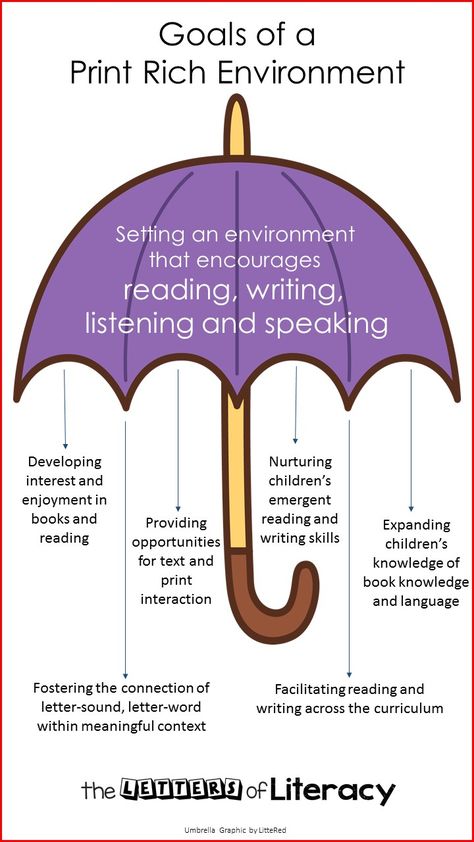
Finally, letting your child pick out the book you’ll read together is a great way to engage their sense of independence. It gives them something to look forward to while reading with you and also gives you insight into their interests.
If you find your child keeps reaching for the same book multiple times, don’t worry — rereading is highly beneficial, too!
Take Your Time
Don’t be afraid to slow it down for your child while you’re reading together, or even just in your daily speech.
We know we’re all guilty of it. For so long, our babies aren’t sure how to “properly” talk back yet, so there may be the occasional time when we find ourselves mumbling to our baby without really engaging them, or simply saying nothing at all!
Taking time to be more conscientious of the ways in which you talk to your child, especially in their very young years, can help them gain the skills they’ll need to read, speak, and write.
Especially when reading together, there’s no need to rush! We recommend taking your sweet time.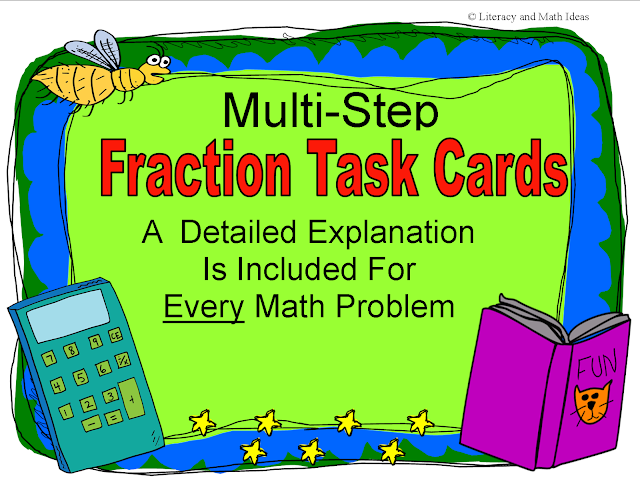 Even if it’s just with one page of a book at a time, slow down and ensure your child is engaged.
Even if it’s just with one page of a book at a time, slow down and ensure your child is engaged.
Consider these questions:
- Does your child recognize every animal on a page?
- Do they know what color this character’s hair is or whose hair it resembles in your family?
- Do they know what sound a truck makes?
- When you say the word “surprise,” does your child react in a way that conveys understanding (throwing their hands up in exclamation or even clapping)?
Addressing these questions can help you and your child slow down and take in all the details that are in a story.
Keep The Conversation Going
If you like the idea of our last emergent literacy strategy, this one pairs perfectly with it!
We know half of the adventure in helping your child learn to read is figuring out what gaps in their understanding still need to be filled. The other part of the journey is keeping them engaged and interested and seeing how far your conversations with one another can go!
As your child expands their vocabulary and begins utilizing it, we encourage you to elaborate on the things they may point out to you.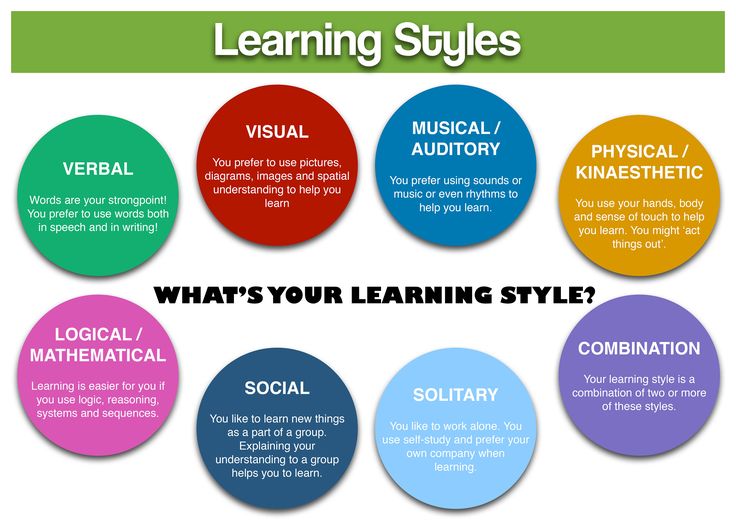 For example, if you’re walking together and they see a dog, they may point at it and say, “puppy!”
For example, if you’re walking together and they see a dog, they may point at it and say, “puppy!”
In any scenario like this, following up their observation with a cheer is great. Following up with more questions is even better! After affirming they saw the right thing (or correcting them if they mistakenly called it a kitty, for example), ask them about details and descriptions.
You could say, “Does this puppy have long ears? Yes, he does! Feel how soft his ears are. Isn’t his fur shiny, brown, and so soft? What a cute puppy.”
Injecting these details and descriptions into your conversations might feel silly, but it helps your child immensely!
By expanding on the image they identified, you’re directly contributing to their understanding of the scene in front of them. The next time they see a puppy in a park, they may take your lead and say, “Look! A big puppy!”
This progress shows that your child’s emergent literacy is growing!
Let Your Child “Write”
Emergent literacy incorporates writing as well as reading. This may sound a little crazy — how can your child write if they don’t know how to read yet?
This may sound a little crazy — how can your child write if they don’t know how to read yet?
While your child may not be able to correctly write out words, we certainly encourage you to let them try! Even if it’s just scribbling, allowing your child to practice “writing” gets their brain going in the right direction.
It also prepares them for what writing is really like and shows them that they have the power to put words on paper. There are stages of learning how to write, and scribbling is the first step!
Asking for your child’s help with writing out short tasks can boost their confidence and their excitement about learning to write. Good options include grocery lists, birthday cards, get-well-soon cards, thank you notes, or notes for their siblings and family.
Whatever keeps them excited and engaged is a great vehicle for motivating their writing skills!
Emergent Literacy Is Just The Beginning!
We know that emergent literacy is only the start of your child’s reading and writing journey.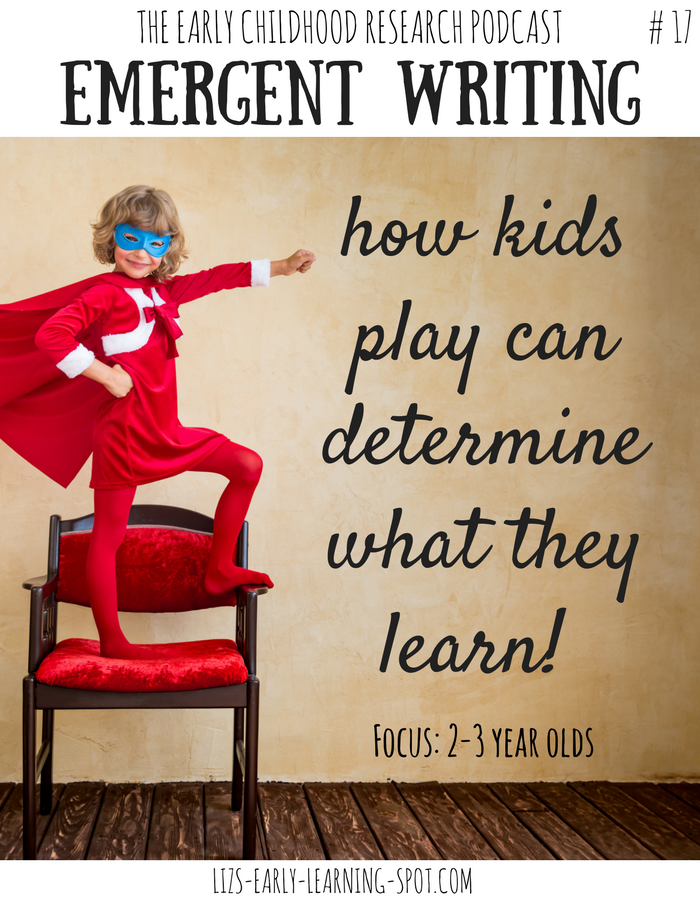
While you and your child are probably thrilled at the idea of their eventual independence and confidence when it comes to handling books, it’s going to take some time. And that’s perfectly OK!
Every child is different and will learn how to read and write in their own time. The important part is enjoying the adventures you have together on the way there!
We hope our emergent literacy tips were helpful! If you ever want to change up your routine and explore new ways to touch on these skills, our Learn & Grow app is a great place to start! The personalized practices will give your child the tools they need for their learning journey.
Author
Emergent Literacy
American Speech-Language-Hearing Association (ASHA), 2006
Emergent Literacy: Early Reading and Writing Development
Froma P. Roth, PhD, CCC-SLP
Diane R. Paul, PhD, CCC-SLP
Ann-Mari Pierotti, MA, CCC-SLP
Children start to learn language from the day they are born.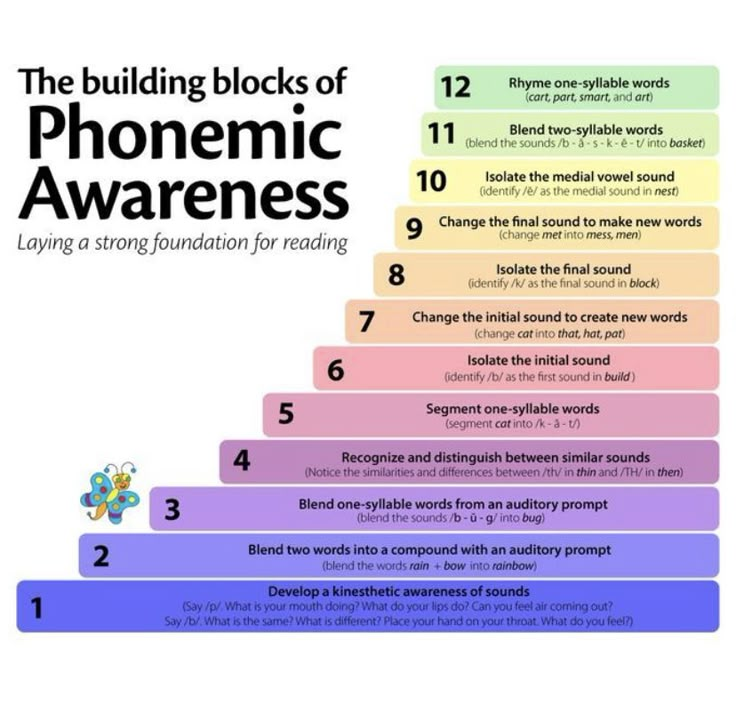 As they grow and develop, their speech and language skills become increasingly more complex. They learn to understand and use language to express their ideas, thoughts, and feelings, and to communicate with others. During early speech and language development, children learn skills that are important to the development of literacy (reading and writing). This stage, known as emergent literacy, begins at birth and continues through the preschool years. Children see and interact with print (e.g., books, magazines, grocery lists) in everyday situations (e.g., home, in preschool, and at daycare) well before they start elementary school. Parents can see their child's growing appreciation and enjoyment of print as he or she begins to recognize words that rhyme, scribble with crayons, point out logos and street signs, and name some letters of the alphabet. Gradually, children combine what they know about speaking and listening with what they know about print and become ready to learn to read and write.
As they grow and develop, their speech and language skills become increasingly more complex. They learn to understand and use language to express their ideas, thoughts, and feelings, and to communicate with others. During early speech and language development, children learn skills that are important to the development of literacy (reading and writing). This stage, known as emergent literacy, begins at birth and continues through the preschool years. Children see and interact with print (e.g., books, magazines, grocery lists) in everyday situations (e.g., home, in preschool, and at daycare) well before they start elementary school. Parents can see their child's growing appreciation and enjoyment of print as he or she begins to recognize words that rhyme, scribble with crayons, point out logos and street signs, and name some letters of the alphabet. Gradually, children combine what they know about speaking and listening with what they know about print and become ready to learn to read and write.
Are Spoken Language and Literacy Connected?
Yes. The experiences with talking and listening gained during the preschool period prepare children to learn to read and write during the early elementary school years. This means that children who enter school with weaker verbal abilities are much more likely to experience difficulties learning literacy skills than those who do not. One spoken language skill that is strongly connected to early reading and writing is phonological awareness-the recognition that words are made up of separate speech sounds, for example, that the word dog is composed of three sounds: d, aw, g. There are a variety of oral language activities that show children's natural development of phonological awareness, including rhyming (e.g., "cat-hat") and alliteration (e.g., "big bears bounce on beds"), and isolating sounds ("Mom, f is the first sound in the word fish"). As children playfully engage in sound play, they eventually learn to segment words into their separate sounds, and "map" sounds onto printed letters, which allows them to begin to learn to read and write.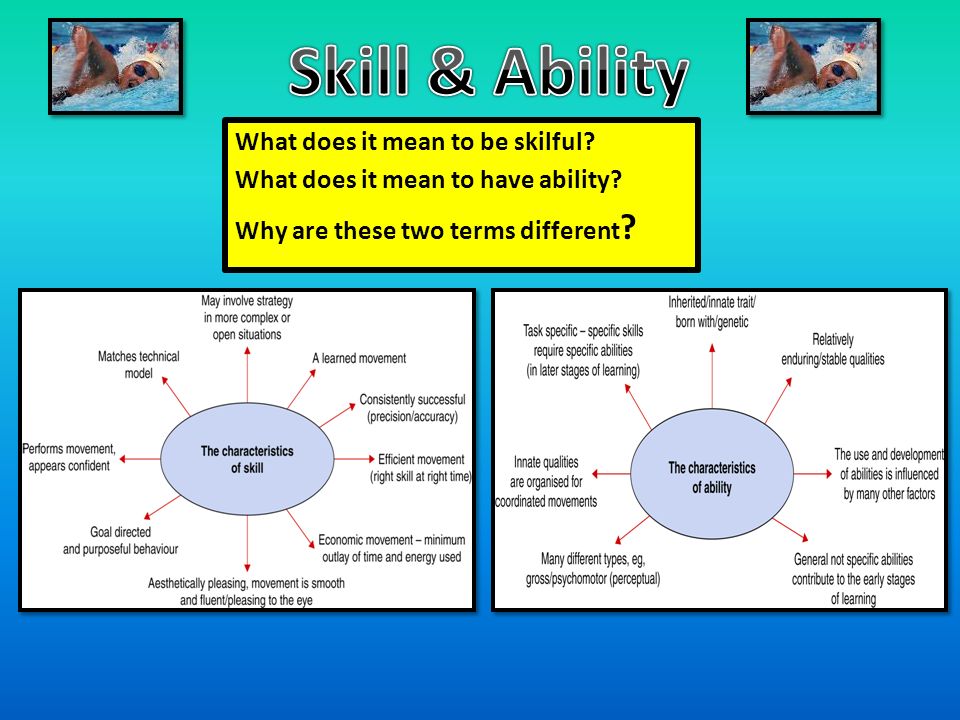 Children who perform well on sound awareness tasks become successful readers and writers, while children who struggle with such tasks often do not.
Children who perform well on sound awareness tasks become successful readers and writers, while children who struggle with such tasks often do not.
Who Is at Risk?
There are some early signs that may place a child at risk for the acquisition of literacy skills. Preschool children with speech and language disorders often experience problems learning to read and write when they enter school. Other factors include physical or medical conditions (e.g., preterm birth requiring placement in a neonatal intensive care unit, chronic ear infections, fetal alcohol syndrome, cerebral palsy), developmental disorders (e.g., intellectual disabilities, autism spectrum), poverty, home literacy environment, and family history of language or literacy disabilities.
Early Warning Signs
Signs that may indicate later reading and writing and learning problems include persistent baby talk, absence of interest in or appreciation for nursery rhymes or shared book reading, difficulty understanding simple directions, difficulty learning (or remembering) names of letters, failure to recognize or identify letters in the child's own name.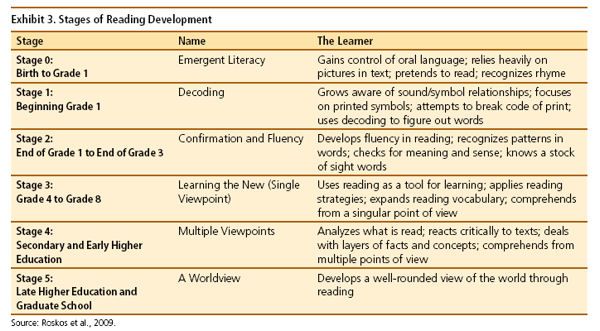
Role of the Speech-Language Pathologist
Speech-language pathologists (SLPs) have a key role in promoting the emergent literacy skills of all children, and especially those with known or suspected literacy-related learning difficulties. The SLP may help to prevent such problems, identify children at risk for reading and writing difficulties, and provide intervention to remediate literacy-related difficulties. Prevention efforts involve working in collaboration with families, caregivers, and teachers to ensure that young children have high quality and ample opportunities to participate in emergent literacy activities both at home and in daycare and preschool environments. SLPs also help older children or those with developmental delays who have missed such opportunities. Children who have difficulty grasping emergent literacy games and activities may be referred for further assessment so that intervention can begin as early as possible to foster growth in needed areas and increase the likelihood of successful learning and academic achievement.
Early Intervention Is Critical
Emergent literacy instruction is most beneficial when it begins early in the preschool period because these difficulties are persistent and often affect children's further language and literacy learning throughout the school years. Promoting literacy development, however, is not confined to young children. Older children, particularly those with speech and language impairments, may be functioning in the emergent literacy stage and require intervention aimed at establishing and strengthening these skills that are essential to learning to read and write.
What Parents Can Do
You can help your child develop literacy skills during regular activities without adding extra time to your day. There also are things you can do during planned play and reading times. Show your children that reading and writing are a part of everyday life and can be fun and enjoyable. Activities for preschool children include the following:
- Talk to your child and name objects, people, and events in the everyday environment.
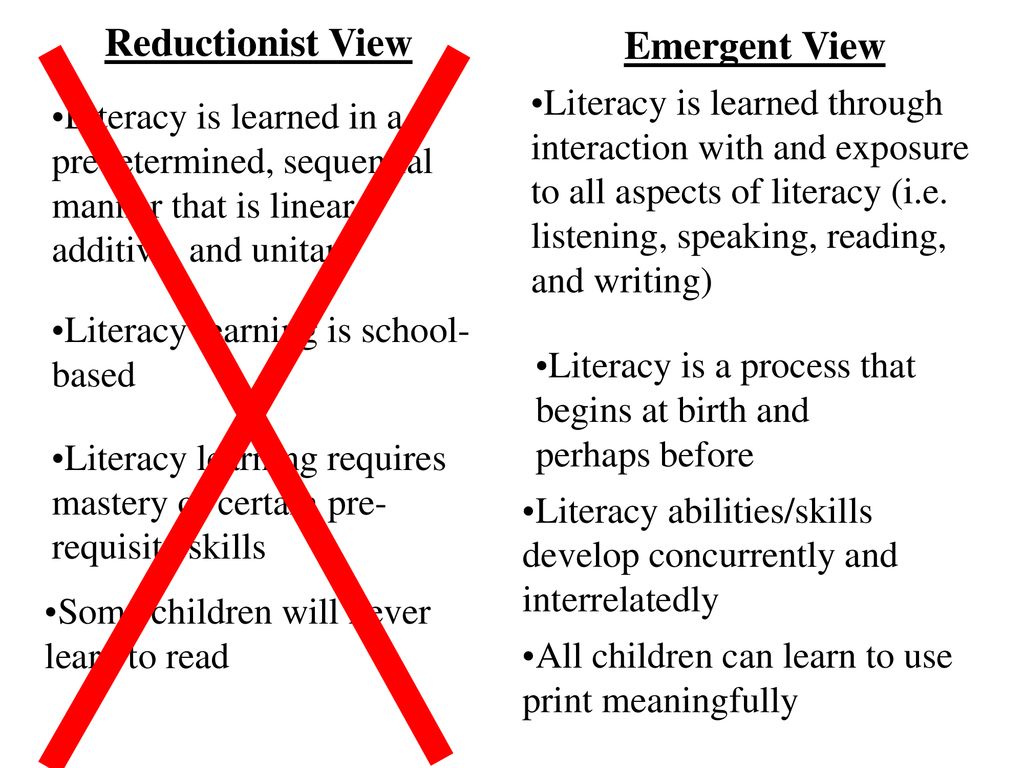
- Repeat your child's strings of sounds (e.g., "dadadada, bababa") and add to them.
- Talk to your child during daily routine activities such as bath or mealtime and respond to his or her questions.
- Draw your child's attention to print in everyday settings such as traffic signs, store logos, and food containers.
- Introduce new vocabulary words during holidays and special activities such as outings to the zoo, the park, and so on.
- Engage your child in singing, rhyming games, and nursery rhymes.
- Read picture and story books that focus on sounds, rhymes, and alliteration (words that start with the same sound, as found in Dr. Seuss books).
- Reread your child's favorite book(s).
- Focus your child's attention on books by pointing to words and pictures as you read.
- Provide a variety of materials to encourage drawing and scribbling (e.g., crayons, paper, markers, finger paints).
- Encourage your child to describe or tell a story about his/her drawing and write down the words.
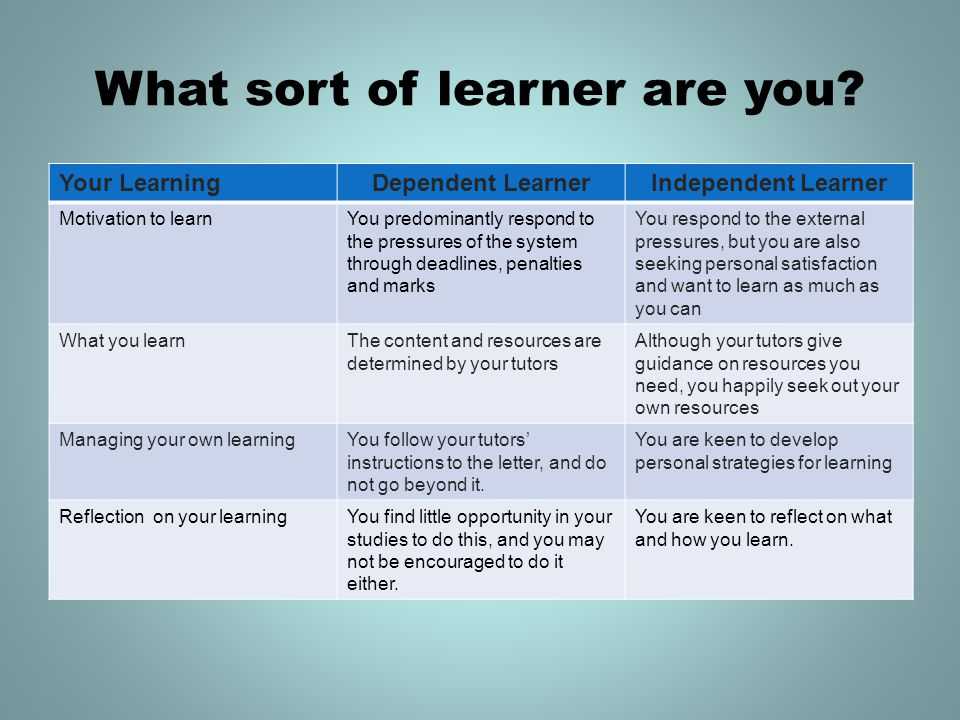
If you have concerns about your child's speech and language development or emergent literacy skills, please contact a certified speech-language pathologist. Go to ASHA's Web site at www.asha.org for more information and referrals, or call 800-638-8255.
Visual literacy
Charles Joseph Minard c Cartographic image illustrates facts related to the Russian campaign of Napoleon in 1812.
Visual Literacy is the ability to interpret, negotiate and make sense of information presented in the form of an image, expanding the meaning of literacy, which usually means interpreting written or printed text. Visual literacy is based on the idea that pictures can be "read" and this meaning can be obtained through the process of reading [1] .
Content
- 1 Historical past
- 2 Modern visual literacy
- 3 Education
- 4 See also
- 5 Recommendations
- 6 External link
Historical past
The concept Classical and medieval theories of memory and learning, for example, placed a strong emphasis on how the visual format of words and lines affects the ordering of information in the mind. During the Age of Enlightenment, a new emphasis was placed on teaching the senses through printed and handwritten technology, which benefited the growing middle class. [2] [3] In addition to learning to read visual materials such as tables and figures, many students learned to write and draw in graphic patterns that made their notes more accessible and accessible. [4] By the nineteenth century, visual literacy was a major component of the national education systems that were emerging in Europe and North America, and education reformers such as Sir John Lubbock advocated visual tools such as diagrams and models that could be used in class. [5]
During the Age of Enlightenment, a new emphasis was placed on teaching the senses through printed and handwritten technology, which benefited the growing middle class. [2] [3] In addition to learning to read visual materials such as tables and figures, many students learned to write and draw in graphic patterns that made their notes more accessible and accessible. [4] By the nineteenth century, visual literacy was a major component of the national education systems that were emerging in Europe and North America, and education reformers such as Sir John Lubbock advocated visual tools such as diagrams and models that could be used in class. [5]
Modern Visual Literacy
Although in the past the well-documented use of the term "visual literacy" was used between the late 30s and early 60s, [6] the term is usually attributed to John Debes, co-founder of the International Association visual literacy. [7] In 1969, Debes proposed a tentative definition of the concept: "Visual literacy refers to the group of visual abilities that a person can develop by seeing and at the same time having and integrating other sensory experiences. " [8] A January 2004 white paper defines visual literacy as “the understanding of how people perceive objects, interpret what they see, and learn from them”. [9] However, since several disciplines such as visual literacy in education, art history and criticism, rhetoric, semiotics, philosophy, information design, and graphic design use the term "visual literacy", the achievement of a common definition of visual literacy is challenged with since its first appearance in professional publications.
" [8] A January 2004 white paper defines visual literacy as “the understanding of how people perceive objects, interpret what they see, and learn from them”. [9] However, since several disciplines such as visual literacy in education, art history and criticism, rhetoric, semiotics, philosophy, information design, and graphic design use the term "visual literacy", the achievement of a common definition of visual literacy is challenged with since its first appearance in professional publications.
As technological advances continue at an unprecedented pace, educators are increasingly promoting the study of visual literacy as indispensable for national life. information age. Similar to linguistic literacy (meaning derived from written or spoken human language) commonly taught in schools, most educators would agree that literacy in the 21st century has a wider range. [10] Educators recognize the importance of helping students develop visual literacy in order to survive and communicate in a very complex world.
Lasko Rock Art
Many scholars from the New London Group [11] such as Courtney Kasden, James Gee, Günter Kress, and Allan Luke oppose the dichotomy of visual literacy and linguistic literacy. Instead, they emphasize the need to accept co-presence. [12] linguistic literacy and visual literacy as interacting and intertwining modalities that complement each other in the process of creating meaning.
Visual literacy is not limited to modern media and new technologies. Graphic Novel Understanding Comics by Scott McCloud discusses the history of storytelling in visual media. In addition, drawings of animals in ancient caves, such as those at Lascaux, France, are early forms of visual literacy. Hence, while the label "visual literacy" itself dates back to the 1960s, the concept of reading signs and symbols remains unchanged. prehistoric.
Visual literacy is the ability to evaluate, apply or create conceptual visual representations.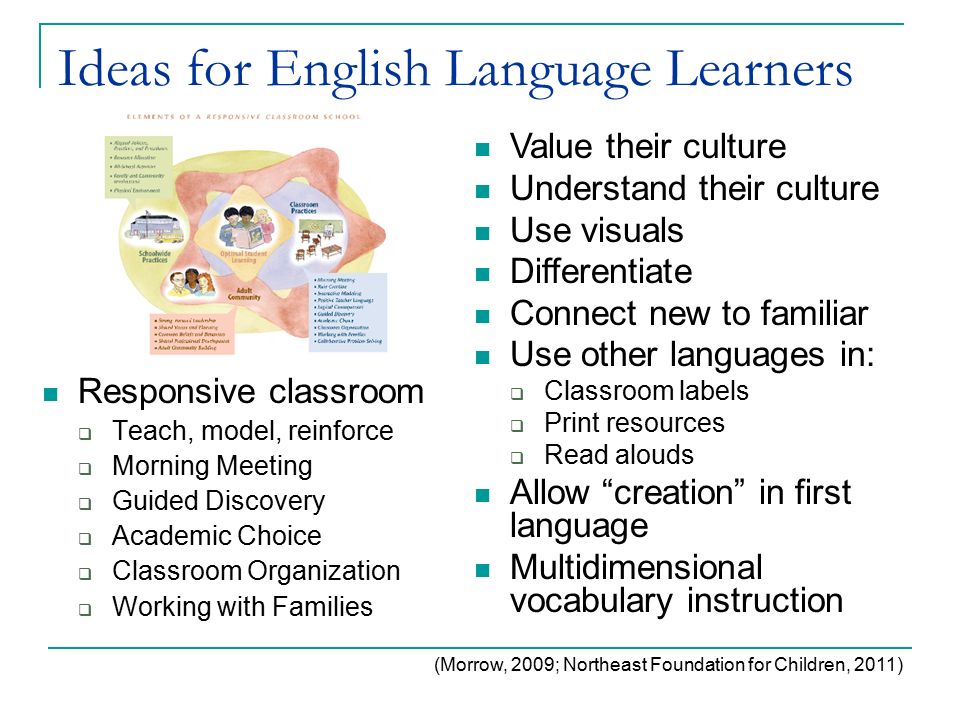 Skills include evaluating the advantages and disadvantages of visual representations, correcting deficiencies, using them to create and communicate knowledge, or to develop new ways of presenting ideas. The didactic approach consists of rooting visualization in the context of its application, i.e. providing the necessary critical attitude, principles, tools and feedback to develop own high-quality visualization formats for specific problems (problem-based learning). General features of good visualization in various fields and study of visualization features in the field of specialization (based on real examples).
Skills include evaluating the advantages and disadvantages of visual representations, correcting deficiencies, using them to create and communicate knowledge, or to develop new ways of presenting ideas. The didactic approach consists of rooting visualization in the context of its application, i.e. providing the necessary critical attitude, principles, tools and feedback to develop own high-quality visualization formats for specific problems (problem-based learning). General features of good visualization in various fields and study of visualization features in the field of specialization (based on real examples).
The Visual Literacy Standards for Education in Higher Education were adopted by the Association of Colleges and Research Libraries in 2011. [13] They were “developed over a period of 19 months, based on current literature, shaped by the views of multiple communities and organizations, reviewed by experts from over 50 institutions and approved by 3 ACRL committees and the ACRL Board of Directors.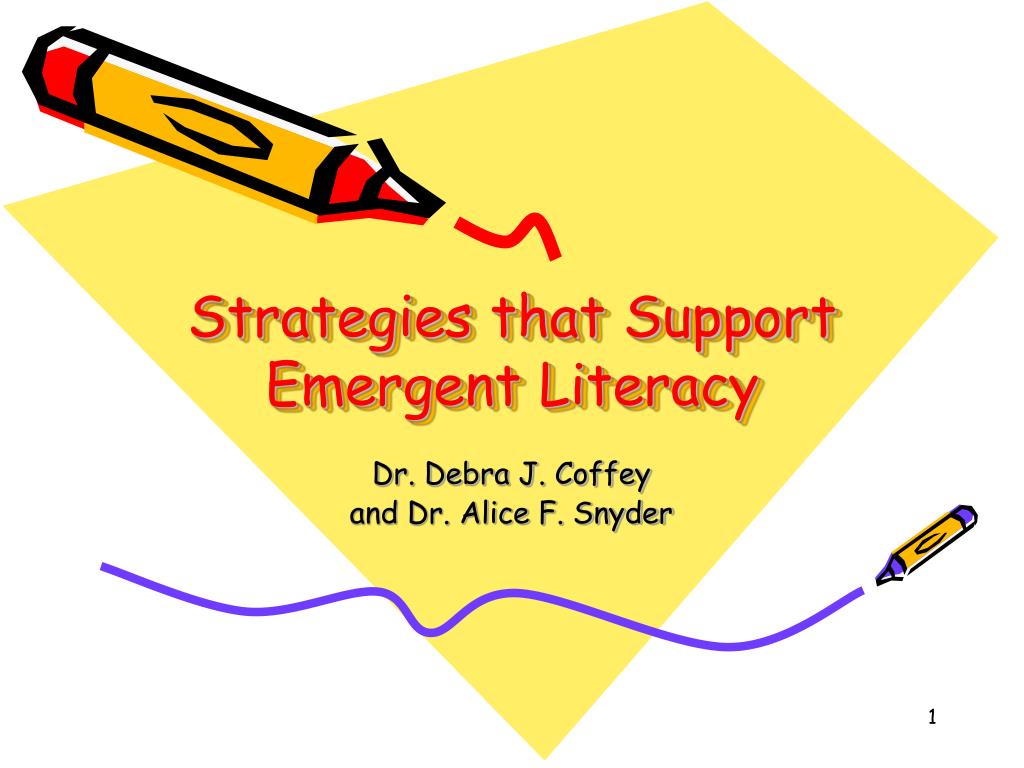 ” [14]
” [14]
Education
There are many different formats for visual literacy, and many different ways to teach students how to interpret visual literacy. When viewing images, you can ask the following questions: “What is happening in this photo?” and “What comes to mind when you first look at this photo?”. This allows students to begin the analysis process. When viewing visual materials, students should be able to see, understand, think, create and communicate graphically. To do everything, the student must always carefully observe the [15] .
Film director Martin Scorsese emphasizes how children should start developing visual literacy skills at an early age. This includes learning how ideas and emotions are expressed and using lighting to create an emotional or physiological point. He explains why children need to understand these concepts. Visual literacy is taught in many schools and has become an increasingly popular subject over the years.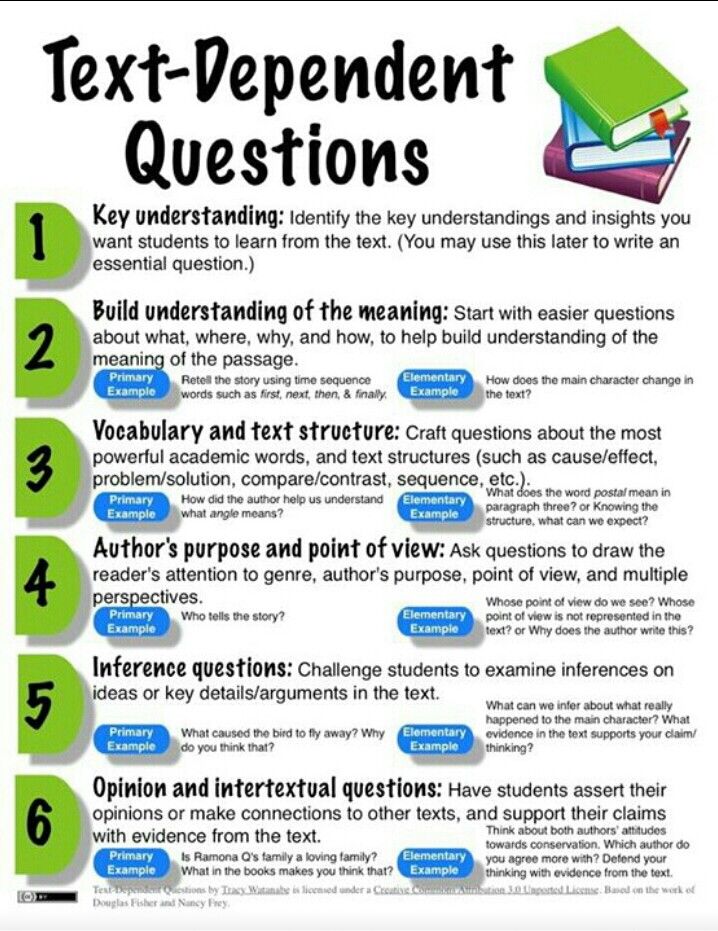 Thanks to technology, images and visual presentations are flourishing like never before. 9 Bergsma, Hell (July 28, 2009). Can Movies Bring Happiness? Journal of Happiness Research . 11 (5): 655–657. Doi:10.1007/s10902-009-9151-8. ISSN 1389-4978.
Thanks to technology, images and visual presentations are flourishing like never before. 9 Bergsma, Hell (July 28, 2009). Can Movies Bring Happiness? Journal of Happiness Research . 11 (5): 655–657. Doi:10.1007/s10902-009-9151-8. ISSN 1389-4978.
external link
- Visual Literacy Workshop @ IEEE VIS 2014 with some related resources
- Visual Literacy Resources via Toledo Museum of Art
- Visual Literacy Magazine, Visual Literacy International Association
- Visual Literacy Learning Resources for Management, Communication, and Engineering
- Visual Literacy by 21st Century Literacies, AT&T Knowledge Network Explorer
- Joel and Irene Benedict Visual Literacy Collection, Arizona State University
- i.e. Rhetoric, Visual Culture, Pedagogy ., University of Texas at Austin
- International Visual Sociology Association (IVSA)
- Visual Literacy and Creative Empowerment (IC)
- Visual Literacy and Learning in Science - from Educational Resources Clearinghouse Science, Mathematics and Environmental Education Clearinghouse
- Visual Literacy, Knowledge Quest, Volume 36, Number 3 (January/February 2008) Museums, University Museums, Iowa State University
Welcome to Emergence
In systems theory, emergence refers to the presence of a system of special properties that are not inherent in its elements (both individually and in their sum).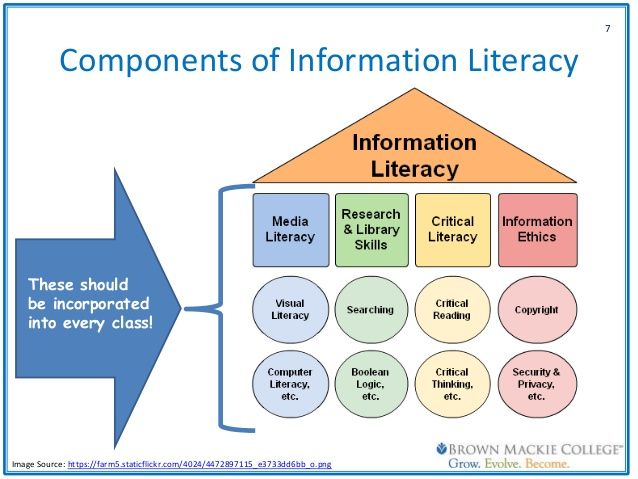 Elizabeth Comstock, vice chairman of General Electric, talks about how emergence affects our lives and work, and what information technology has to do with it.
Elizabeth Comstock, vice chairman of General Electric, talks about how emergence affects our lives and work, and what information technology has to do with it.
The speed of information movement increases, and we move faster after it. More and more people are going online (more than 2.3 billion in 2016-2017 alone), and the result is a fundamental and spontaneous restructuring of our collective behavior. The top layer of our evolving digital nervous system on a planetary scale has absorbed the eternal factors of change - human needs, politics, geography and culture - and created new schemes and patterns based on them. Each of us, especially those who run companies, needs a new frame of reference.
An important part of this coordinate system is emergence, the principle of self-organization, which explains the development of the complex from the simple and the emergence of order from chaos.
Emergence explains complex phenomena in various fields such as thermodynamics, biology, and digital technology.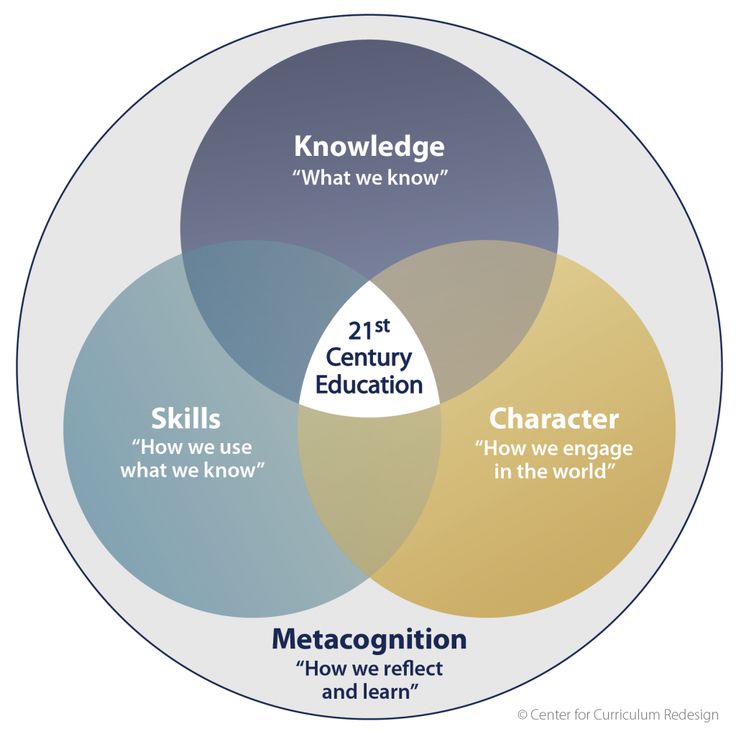 This concept is used to explain the principles of urban development and why some institutions function well in the long term, while others disappear. This is the basic principle behind the complex collective behavior of natural systems, which partly explains how computers achieve their useful complexity despite the fact that their work is based on a few simple processes.
This concept is used to explain the principles of urban development and why some institutions function well in the long term, while others disappear. This is the basic principle behind the complex collective behavior of natural systems, which partly explains how computers achieve their useful complexity despite the fact that their work is based on a few simple processes.
We live in an era that I call the "Age of Emergence."
This time is characterized by the rapid decline of traditional institutions, despite the fact that their replacement has not yet taken shape. We live in a chaotic, sometimes disturbing and uncertain space between the old and the new.
If we successfully pass this period, we may find ourselves in the historical equivalent of a moment in the creative process when chaos gives way to order and a new pattern, solution, or structure becomes apparent.
By adopting and supporting emergent systems in business, politics, and technology, we will be able to unleash human potential to a greater extent than ever before in history, and achieve benefits never before possible.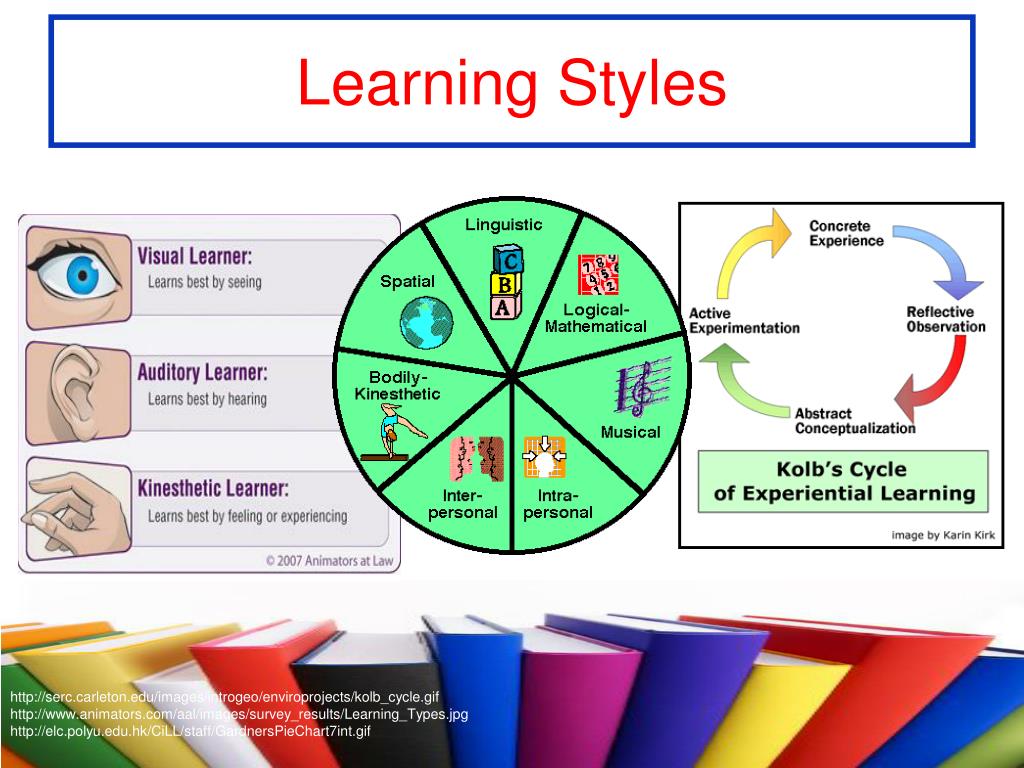
I will not claim that these are purely my ideas. I synthesized them from common themes and views found in the work of other specialists in various fields and industries, adding my own conclusions to them. In fact, in this new age, it is especially important to develop the ability for such a synthesis of individual points of view, data sets and conclusions. The concept of the "Age of Emergence" appeared in my thinking just as spontaneously and unexpectedly as the phenomenon it explains.
Two sides of emergence
Emergence, as I call it, has two key aspects.
The first is that we are currently dealing with a huge number of emergent systems and technologies. There is not a single area of human activity that is not now at a crossroads. Each of them has many options for future development, represented by new discoveries, business models or inventions.
The second aspect of emergence is stranger and better describes our historical reality.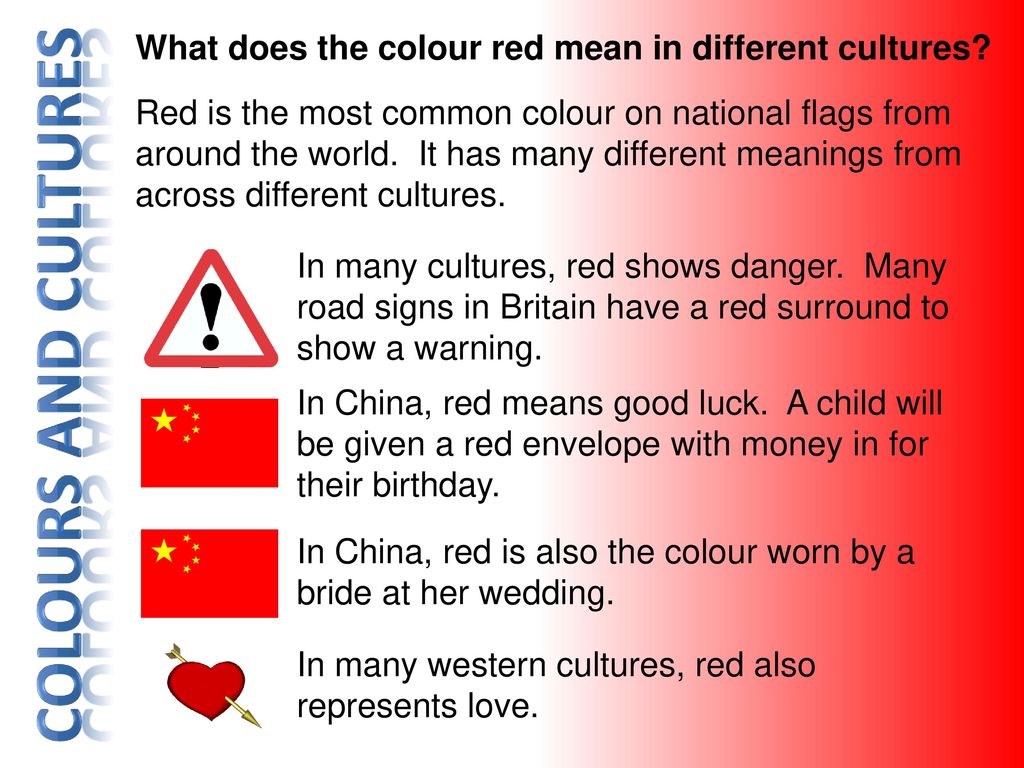 An emergent system, as stated above, is a system in which order is born out of chaos. It is also a system, the power and structure of which is created by a network organization, and not determined by a hierarchy from above. The individual components of any emergent system operate on the basis of relatively simple rules, but when they interact with each other en masse, they can develop into complex adaptive structures.
An emergent system, as stated above, is a system in which order is born out of chaos. It is also a system, the power and structure of which is created by a network organization, and not determined by a hierarchy from above. The individual components of any emergent system operate on the basis of relatively simple rules, but when they interact with each other en masse, they can develop into complex adaptive structures.
The countless individual neurons that connect in the human brain, the many birds in a flock, the individual ants in a colony, and the rows of electrical circuits inside a computer are all examples of simple objects working together to create something more than the sum of the parts.
In the business world, emergence explains why some tech start-ups suddenly get super-large market valuations and expand their functionality incredibly quickly. It's not about the app or site that creates value, but about the collective behavior of the people who use it.
By the end of 2016, the number of Facebook users has grown so much that it is no longer considered just a social network. With more than 2 billion users, the company has become a de facto political organizer, a major (albeit highly problematic) source of information, a global video distribution platform, a marketplace for goods, and even jobs.
The versatility of Facebook relies on the size of this network. Once a system that is capable of reproducing emergent behavior grows to a certain extent, applying the same rules that governed its operation before begins to lead to very different and sometimes useful results.
A classic example in nature is an anthill. As noted biologist Edward Osborne Wilson, the social behavior of ants is the most difficult after humans. At the same time, these social structures arise as a result of simple behavior. A colony in which ants track and redraw the hormonal traces left by other individuals during their movement, creates anthills, develops an effective form of using all available food supplies, learns to protect their homes and territory, migrate and survive in extreme conditions.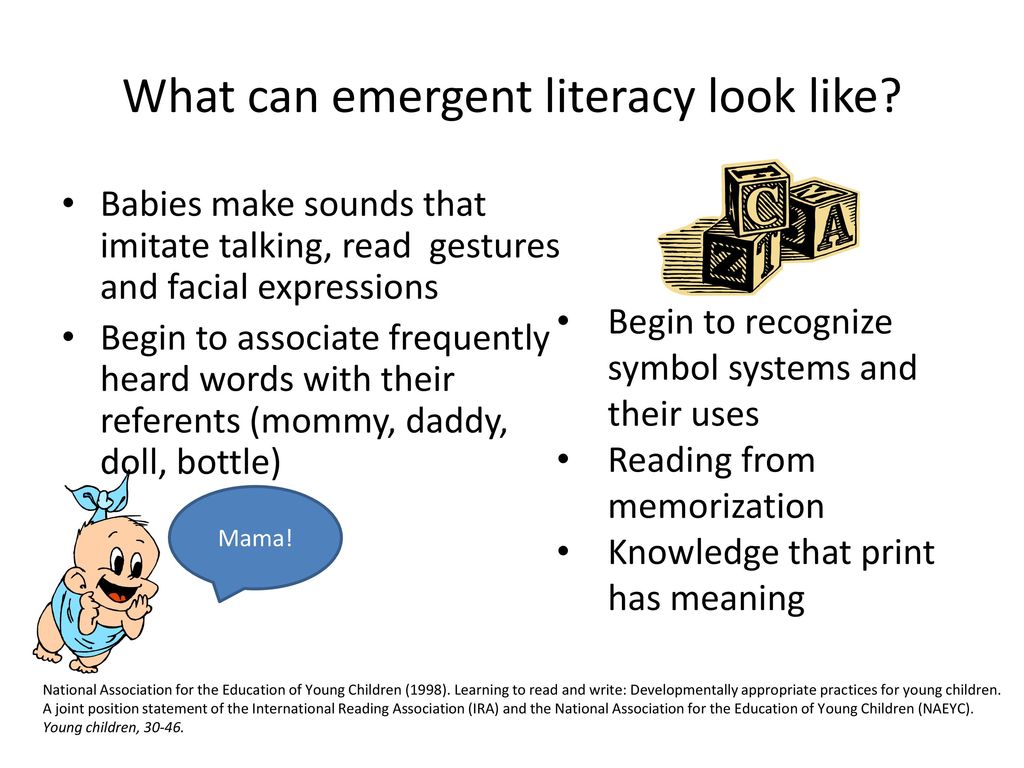 Some ants do not obey the rules, but when the population grows to a certain size, its collective intelligence and power become a commanding force of a much higher order. If we talk about ants, then the more of them, the smarter they are. The emergent mind has allowed them to survive virtually unchanged for the past 9 years.0 million years.
Some ants do not obey the rules, but when the population grows to a certain size, its collective intelligence and power become a commanding force of a much higher order. If we talk about ants, then the more of them, the smarter they are. The emergent mind has allowed them to survive virtually unchanged for the past 9 years.0 million years.
But here's what's weird. We understand how emergent systems work in nature only because we first noticed that similar principles make our computers smart. As Steven Johnson writes in his book Emergence, the discovery of the properties of emergence occurred at the intersection of the ideas of Alan Turing, the founding father of modern computing, and Ilya Prigogine, the pioneering chemist. Digital systems are also emergent systems by structure.
This means that as we move our information, money, goods, and services through digital systems, those systems are more likely to have beneficial emergence.
Residents of Europe and North America may consider that such a collective reorganization around the flow of digital information has already occurred to them.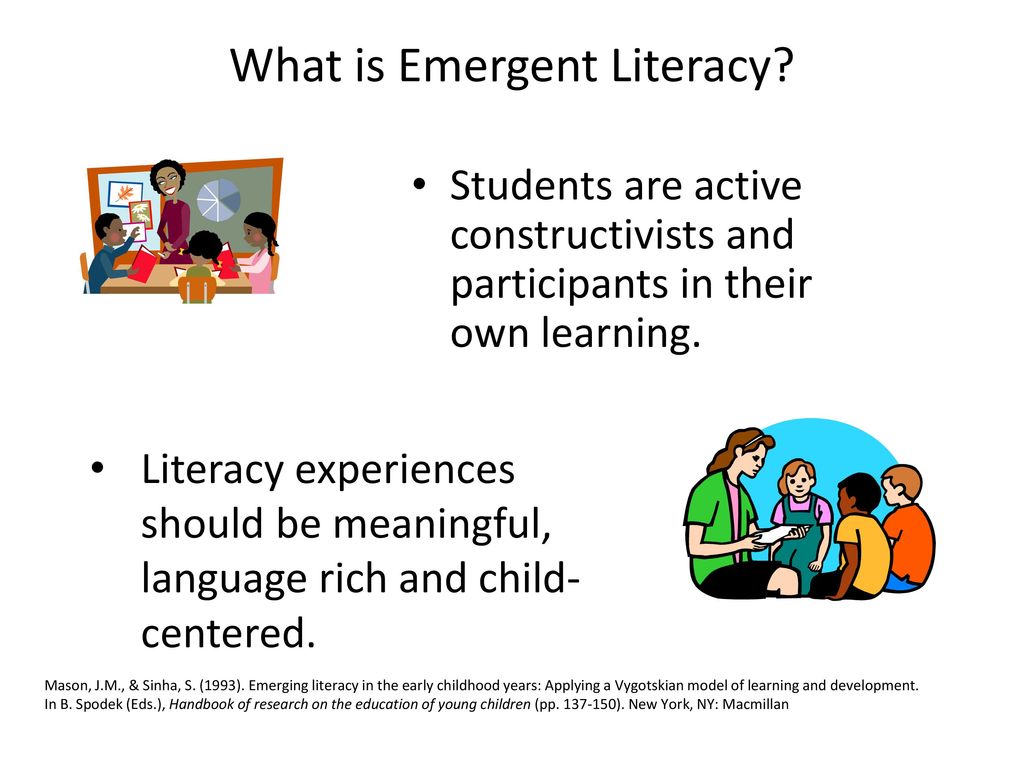 But this is a misperception caused by the high visibility of the industries that were the first to go digital — music, finance, and journalism.
But this is a misperception caused by the high visibility of the industries that were the first to go digital — music, finance, and journalism.
In reality, the digital transformation has only just begun. According to the McKinsey consulting agency, 82% of US businesses have not fully realized the potential of digital technologies. Some of our largest industries (such as manufacturing and healthcare) are actually the least digitized. The potential for digital-driven growth is even greater in developing countries.
The scale of the digital transformation we are about to experience is staggering. The number of Internet users is projected to rise from the current 3.6 billion to 5.8 billion over the next year and a half, with mobile devices accounting for most of this increase. In other words, 1/3 of the world's population will go online for the first time in the next 18-24 months. Add to that the estimated 50 billion machines that will be constantly communicating with each other over the same network by 2020.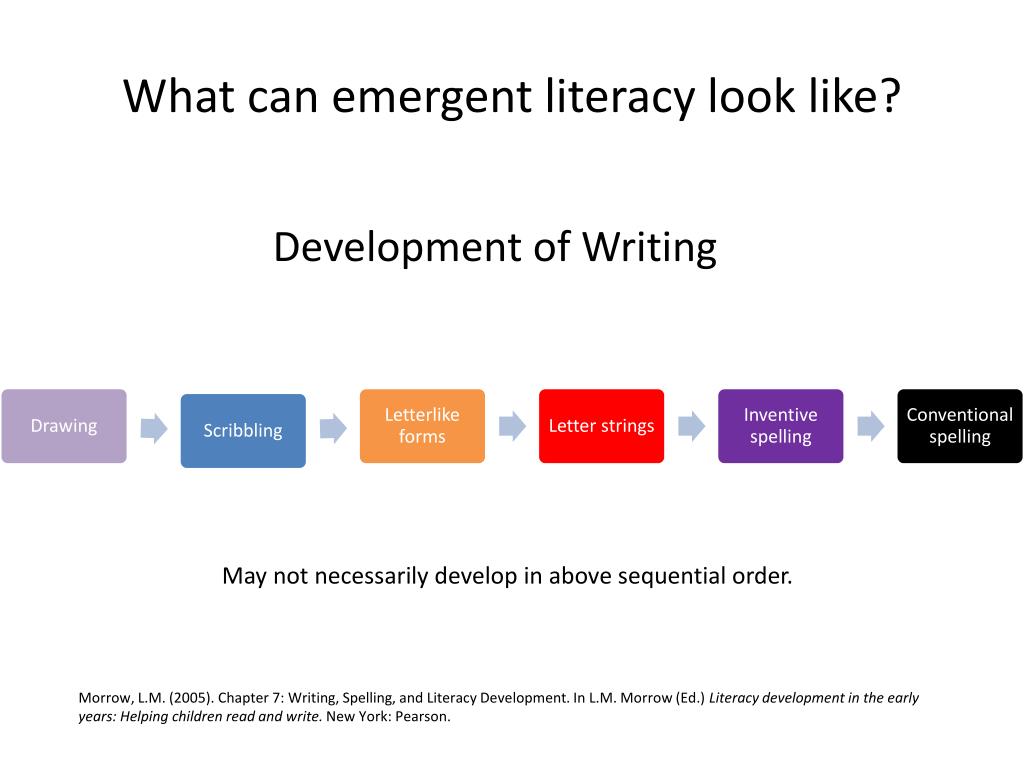
On the business side, the environment created by this large-scale shift will allow the most valuable companies to lead the reorganization of existing assets and experiences built around the flow of digital information indefinitely.
Two of Silicon Valley's most successful startups, Uber (worth $62 billion at the time of writing) and AirBnB (worth $25 billion) are just such companies. None of them actually produce the assets they sell, but each of these companies has created a new flow of information that has allowed individual agents (people with smartphones) to respond in new ways to the location of these assets in real time. The interaction of users en masse has led to the emergence of new types of behavior and new markets based on these types.
It's like the ants have a new set of pheromone commands, or like the brain cells have developed a new way of signaling. Emergent systems are extremely sensitive to the slightest change in the original operating conditions. The reconfiguration of these conditions will lead to the spontaneous appearance of new structures.
The reconfiguration of these conditions will lead to the spontaneous appearance of new structures.
If you know what these structures will look like or, even better, if you can create and shape the disruptive forces that will define them, you will gain an invaluable strategic advantage.
When it comes to ubiquitous and more easily understood assets like cars and real estate, startups will have this advantage. But for heavy and specialized industries, it is extremely important to possess not only specific specialized tangible assets, but also in-depth knowledge of their production and operation.
Acceleration and (re)distribution
According to the World Economic Forum, the technological advances of the past few decades have lifted half of the world's population out of poverty.
This is an extremely rapid change, which we also see in real time. It has positive results, but at the same time it increases the level of anxiety in society.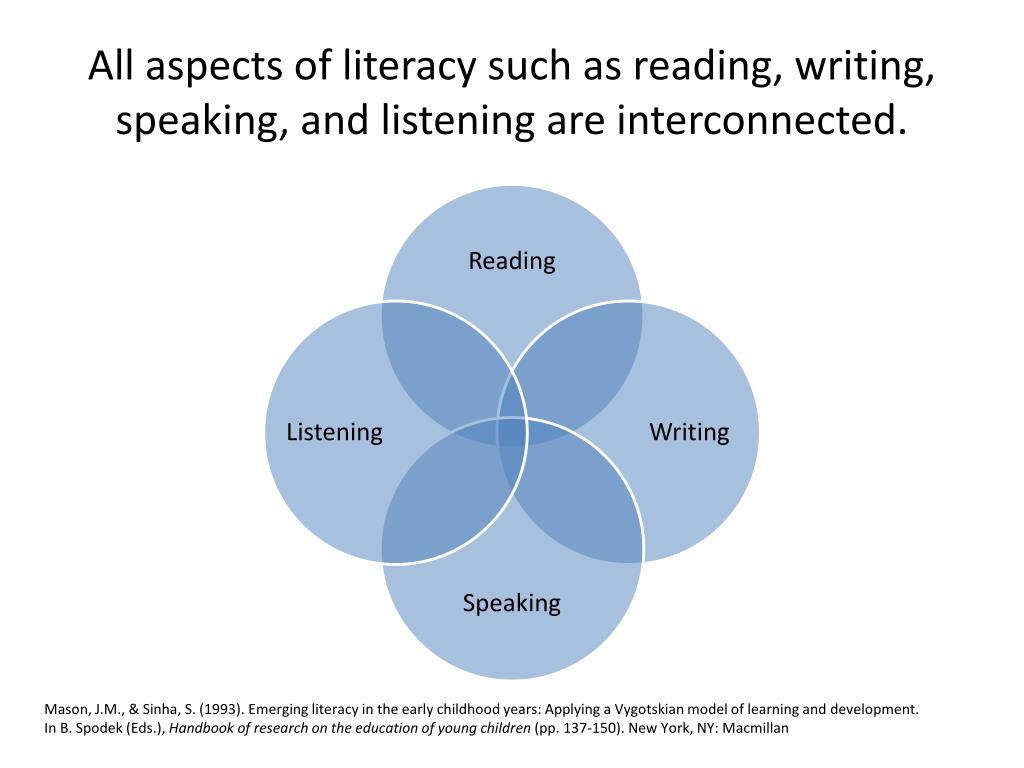 Increased migration of people and the escape of the population from poverty with the help of capital can also have unpredictable and obscure consequences, like BREXIT and recent US election results. In a bizarre combination of motives, the positive and negative impulses of life in the Age of Emergence are reflected.
Increased migration of people and the escape of the population from poverty with the help of capital can also have unpredictable and obscure consequences, like BREXIT and recent US election results. In a bizarre combination of motives, the positive and negative impulses of life in the Age of Emergence are reflected.
On the one hand, people seem to want to get rid of the government bureaucracy, which for the most part is unable to keep up with the times. On the other hand, there is a reactionary desire to separate from the rapidly developing global economy, which often also separates people from familiar values and institutions, even if they do not want to or do not realize it.
We have already gone through similar periods of instability caused by information incentives, although not on the scale and at the speed that we have seen in the last two or three decades. The sudden return of interest in ancient literature and its translations, as well as the powerful flow of information associated with them from the monasteries of Europe, led to the onset of the Renaissance.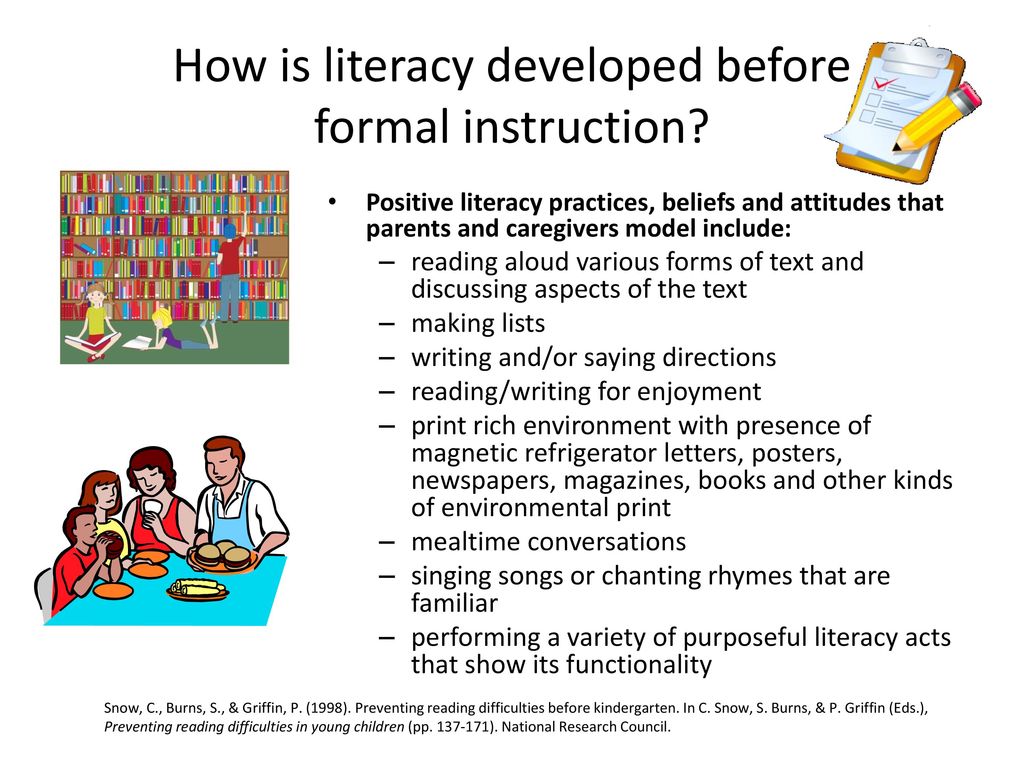 In the 19th century, the world economy spontaneously built itself around the new flows of information generated by the widespread use of printed literature and the ability to transmit data at the speed of ships and trains, as well as by telegraph. The results of these processes were the transition from monarchy to democracy, which took almost a century, the greater recognition of the rights of women and minorities, the elimination of the global slave trade and the technological revolution.
In the 19th century, the world economy spontaneously built itself around the new flows of information generated by the widespread use of printed literature and the ability to transmit data at the speed of ships and trains, as well as by telegraph. The results of these processes were the transition from monarchy to democracy, which took almost a century, the greater recognition of the rights of women and minorities, the elimination of the global slave trade and the technological revolution.
The Internet of Things (GE's terminology for the Industrial Internet) is the printing press of our generation. This technology weaves a stream of digital information into the material world and promises to endow this material world with the same adaptive emergent functions that we see in ants, neurons, and digital systems.
Some believe that the growing complexity of connected machines is the beginning of a threat that will manifest itself in the future. I prefer to see it not as a threat, but as an opportunity for learning.

